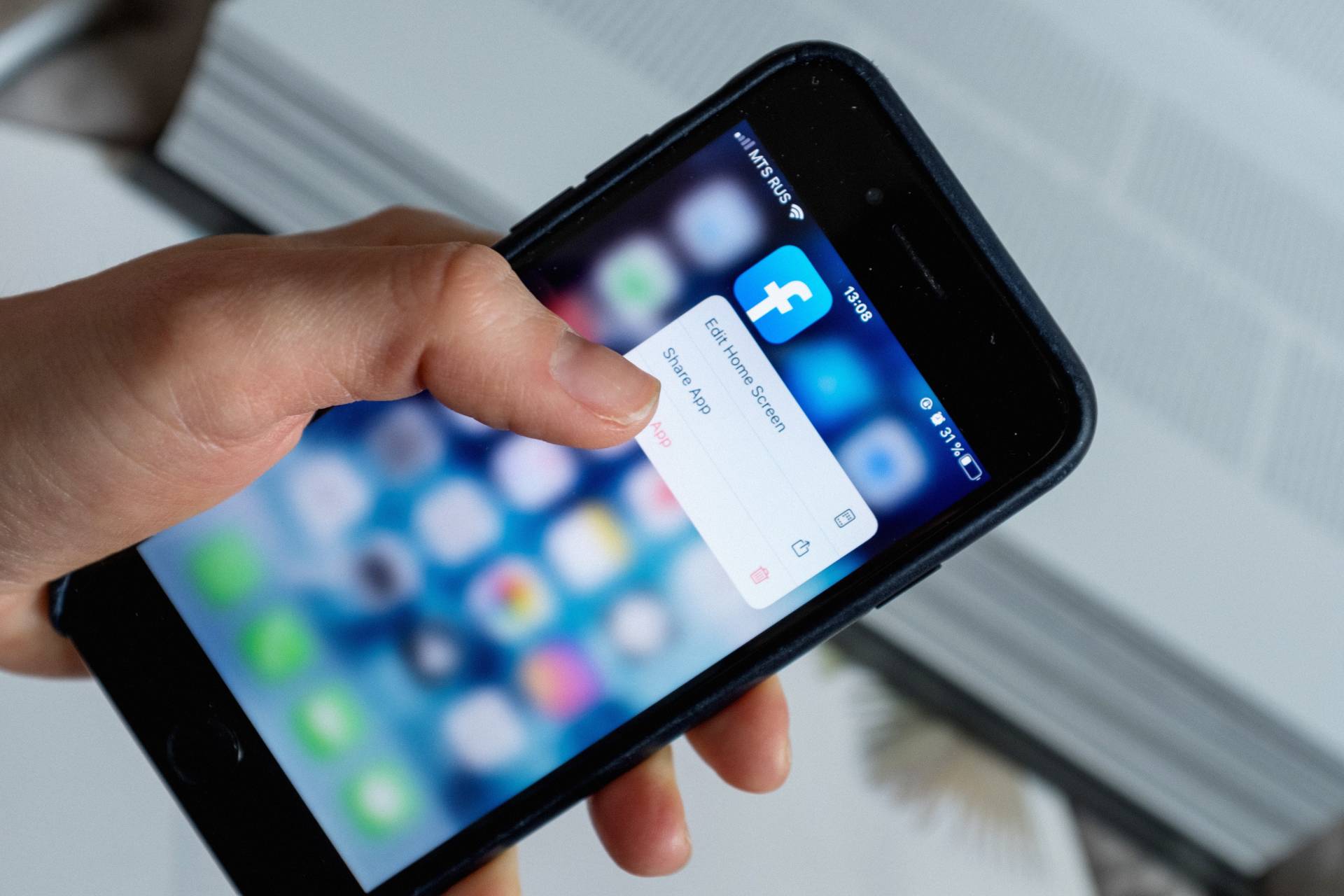

Are you ever feeling like there is never enough time in the day or that your schedule is always jam-packed? As time ticks by, you may experience what is known as time anxiety. There is, however, a way to deal with it. That’s by utilizing your pockets of time.
What are Time Pockets?
There are small, unnoticed periods of time throughout the day that are also known as time pockets. It is usually a short interval between tasks, meetings, or other scheduled activities.
From just a couple of seconds to a couple of minutes, time pockets can vary in duration. Sometimes, you find yourself waiting, idle, or with extra time to spare.
The following are some common examples of time pockets:
- In the morning, you’re waiting for your coffee to brew.
- Commuting to and from work.
- You’re waiting for your laundry to finish.
- In the waiting room, ready for a doctor’s appointment.
- Being on hold with customer service.
- The time between meetings.
- Waiting for your child’s soccer practice to end.
You may think that time pockets are insignificant. In reality, they can be very useful. When you use your time pockets wisely, you can accomplish more, reduce stress, and improve your overall health.
Make a plan for your time.
Make sure you identify your time pocket each day or week at the start of the day. By doing this, you’ll be able to take advantage of them when they arise.
Say you will be in the mechanic’s shop this week getting your car fixed or traveling for work. Consider taking a book you want to read, completing some work, or downloading podcasts you want to listen to.
As you wait, you can also complete small tasks. You can use this time to catch up on social media, return emails, or reply to texts. It is also a great idea to plan ahead or dump ideas while you wait.
Follow the 2-minute rule.
As soon as you identify waiting times and wasted time, you can begin to plan tasks and activities to fill the gaps.
Making the most of small amounts of time can be achieved using the 2-minute rule. For those who are unfamiliar, any task or activity that can be completed in 2 minutes or less should be handled as soon as possible. In this way, you avoid putting off small tasks that will accumulate into a huge list of tasks that you cannot handle.
Make a short to-do list.
Organize your tasks that will take less than 10 minutes into a “quick task list.” For instance, you might print off a document, make a follow-up call, or schedule an appointment.
When you have a few minutes, challenge yourself to complete those items on your list. In addition to getting more done, you will be less likely to procrastinate on bothersome little tasks.
Identify tasks that fit your timeframe.
Depending on the task, some time pockets may be more appropriate than others. A time pocket might be useful for catching up on email, reading a book, or brainstorming.
A report or a presentation, however, would require a lot of focus or time commitment. For such tasks, you should allot a separate block of time.
Use your smartphone productively.
The most common ways to waste time are to check unimportant emails or scroll through social media sites like Facebook, Instagram, or whatever Twitter is called these days. However, you can use your smartphone to be more productive while on the go instead.
- Get on the same page about an upcoming project by calling a colleague.
- Read an article about the latest industry trends.
- If you have a question regarding a task, email your boss.
- Research information on a project or compare products on websites.
- Maintain a to-do list using a task manager app so you don’t forget anything by setting deadlines and creating reminders.
- Schedule appointments and events using a calendar app to avoid double bookings and to ensure that nothing is forgotten.
- Several great educational apps are available for smartphones. These apps are great for learning new languages, coding, or pretty much anything else you’d like..Khan Academy, Duolingo, and Codecademy are some of the most popular educational apps.
- Make shopping lists, jot down ideas, and keep meeting minutes with a note-taking app.
- Connect with professionals in your field using social media platforms like LinkedIn. As well as finding job opportunities, it can provide you with industry information.
Tackle a smaller chunk of a larger project.
By breaking down large tasks into smaller, more manageable ones, you can create a Kanban board or something similar.
When you work on long-term projects, you’ll feel less overwhelmed if you cram smaller tasks into those obvious scheduling events in your schedule. This will increase your productivity and focus and make you more efficient.
Do the work in those pockets where you have time when you don’t have anything else to do, rather than doing it all at once. You can still use timeboxing in these instances, noting in your calendar that you are working on a small project.
Squeeze in some physical activity.
Having a busy schedule can make it difficult to exercise. The good news is that you can fit some physical activity into your schedule throughout the day.
- The micro workout. Mini workouts can be done during short waiting periods. You could, for instance, perform chair squats while waiting for a client. It is as simple as standing up from your chair, lowering yourself back down, and repeating. It promotes circulation and counteracts the effects of prolonged sitting by engaging your leg muscles.
- Stretching at the desk. Your desk can be converted into a stretching station. Place your hands on the edge of your desk, step back with your feet, and lower yourself toward the edge while on hold. To stretch your chest and arms, push yourself back up. If you want to engage your core, you can perform seated leg lifts by extending your legs straight while sitting.
- Take a mobility break. Waiting time can also be used for mobility exercises. As your computer boots up, rotate your hips while you do ankle circles, for example. It is possible to perform these movements discreetly and they enhance joint flexibility.
Relax and recharge.
You may find that the best thing to do in a small window of time is to ignore everything work-related. Get some fresh air by taking a short walk, journaling, praying, clearing your mind, or stretching for five to ten minutes. Don’t shy away from small doses of unplugged time that will help you lower your stress level and recharge your body and mind.
The extra minutes you find in your day shouldn’t be wasted because you think they mean nothing. The more time you spend on meaningful work, the more you get done and the happier you feel.
FAQs
What are small pockets of time?
A small pocket of time occurs throughout your day for brief periods of time, typically less than 30 minutes. During these periods, people may complete tasks, take breaks, or simply relax. They may be planned or unplanned.
How can I identify small pockets of time in my day?
You can identify small pockets of time in your day by following these tips:
- Pay attention to your daily routine. Can you remember times when you were waiting for something or had some spare time?
- Use a time-tracking tool to see how you are currently spending your time. By doing this, you may be able to identify areas where you can reclaim time.
- Be mindful of your habits. How often do you check your phone or social media when you have a few minutes to spare? Put a little more effort into how you spend your spare time.
What are the benefits of using time pockets?
A small pocket of time can provide a wide range of benefits.
- Get more done. You can achieve your goals and make significant progress on your to-do list by using your time pockets wisely.
- Reduce stress. It is easy to feel overwhelmed when you have a lot on your plate. It is possible to reduce stress and feel more in control if you use time pockets to accomplish tasks.
- Improve your time management skills. By intentionally managing your time, you will become a better time manager. In all areas of your life, you will be more productive and efficient if you do this.
How can I use small pockets of time to be more productive?
Taking advantage of small pockets of time can make you more productive. Listed below are a few suggestions:
- Work on a small task on your to-do list. An example of this is responding to a few emails, making a quick phone call, or writing a quick paragraph.
- Learn something new. Stream a short educational video, read a few pages of a book, or listen to a podcast.
- Take care of a personal task. Pay a bill, schedule an appointment, or prepare a shopping list.
- Have a relaxing break. Try moving around, stretching, or meditating.
Image Credit: Berk Aktas; Pexels; Thank you!











John Rampton
John’s goal in life is to make people’s lives much more productive. Upping productivity allows us to spend more time doing the things we enjoy most. John was recently recognized by Entrepreneur Magazine as being one of the top marketers in the World. John is co-founder and CEO of Calendar.